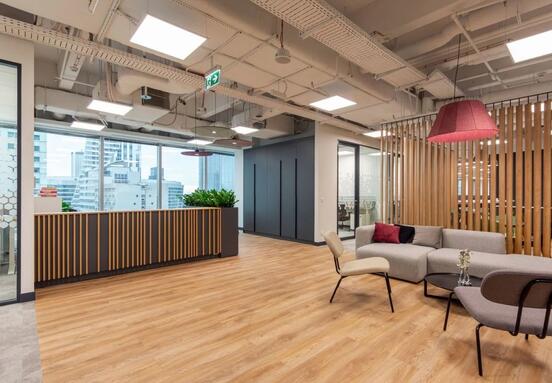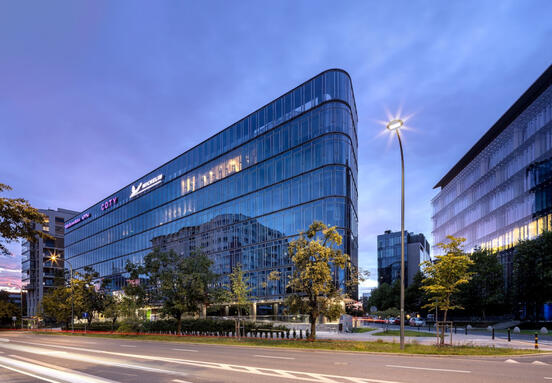Selective, but stable demand
In May 2025, three office transactions were closed — all in Warsaw, with a total volume of around €70 million. It was a slower month compared to early 2025, but analysts say this is more of a pause than a pullback.
"May didn’t bring a high number of transactions, but we don’t see this as a sign of slowdown," says Marcin Purgal, Senior Director, Investment at Avison Young.
"Looking at our current sales pipeline, we remain optimistic. We expect total investment volume to exceed €5 billion by the end of 2025 — with office assets contributing significantly."
Value-add strategies gain momentum
Office investors remain cautious — but opportunities are still being seized, especially where prices have already adjusted. Demand is strong for well-located buildings that can be upgraded, repositioned or better leased.
This environment favors value-add and core+ strategies, which allow investors to achieve solid returns at controlled risk levels. Core capital, by contrast, remains more passive, wary of macroeconomic uncertainty and geopolitical risks.
Domestic capital on the rise
Polish capital is becoming a major force in the office market. In May, two of the three closed deals involved local investors. One notable transaction was the sale of the Lighthouse office building in Warsaw — a deal advised by Avison Young on behalf of Octava Property Trust.
While local players accounted for just 2% of market volume a few years ago, that number has steadily grown. In Q1 2025, Polish investors were responsible for 34% of transactions by number and 17% by value.
"Polish investors, often using equity capital, are primarily targeting smaller and more affordable office assets,"explains Marcin Purgal.
"They’re particularly interested in older buildings with stable cash flow or repositioning potential in established locations."
Owner-occupiers reshape demand
Another noticeable trend: more companies are buying office buildings for their own operational use. These are often partly vacant or outdated properties acquired for future refurbishment — allowing the owner to occupy part of the space while leasing out the remainder.
"We’ve seen this trend accelerate recently, with buyers like Ryanair, Enter Air, the General Prosecutor’s Office and the Polish Football Association," notes Marcin Purgal.
"For many end users, refurbishing and adapting an existing asset is proving more cost-effective than building a new HQ or entering long-term leases at high rents."
Conclusion:
Poland’s office market continues to evolve — shaped by value-seeking strategies, a growing domestic investment base, and a new wave of owner-occupier demand. Investors are cautious, but confident. For those willing to take a selective, long-term view, office assets remain one of the most resilient and flexible options on the market.
source: prestigepr.pl








